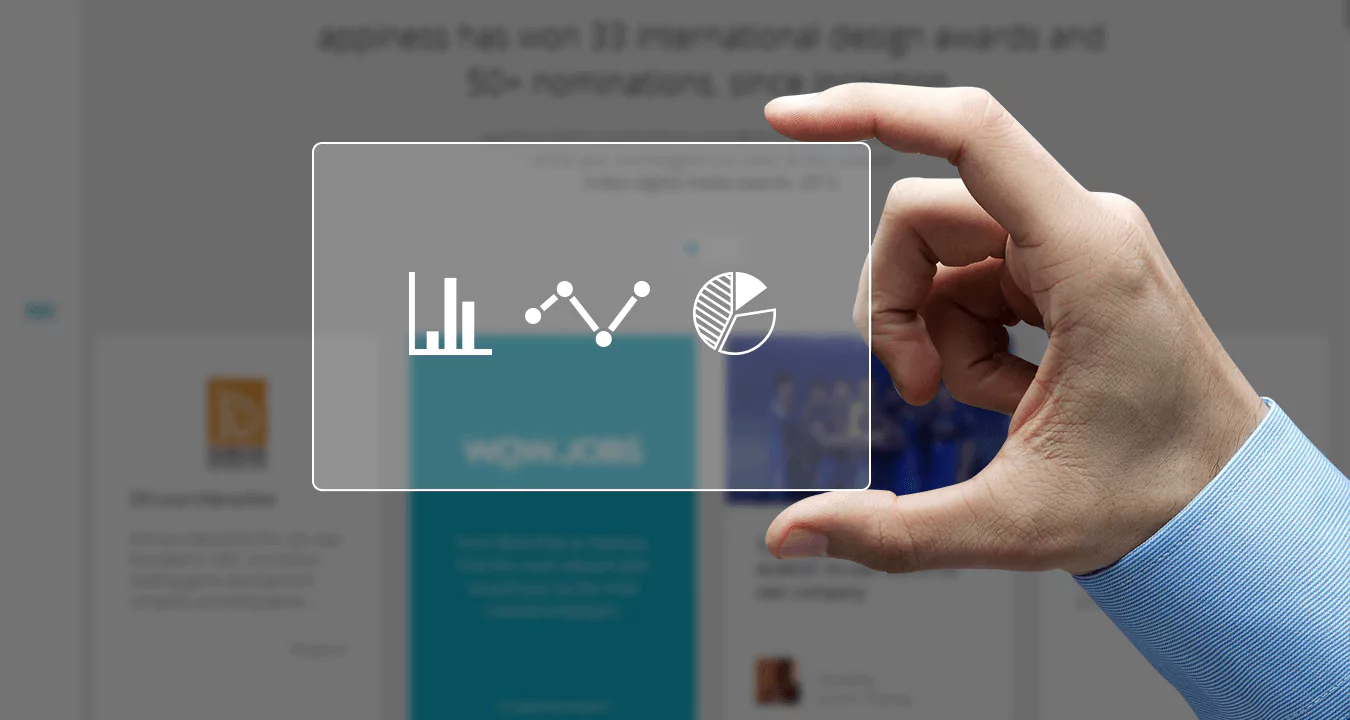Transparency, thy name is web.
How tools and analytics help us track user behavior and in turn help to make the web a better place.
For years, marketers were living in a dream world. Theirs was one of the very few professions in the world, which had no measurable metrics. All they had to do was to use that one word which is the toughest to define in the whole wide gamut of jargons- Strategy. So it was easy to hear some thing like, “It is all about branding. You won’t understand. Branding is intangible. Its sublime. Its like a kaleidoscope of counterrevolutionaries.” Or some jargonish bullcrap like that. But still, you can’t measure branding thru traditional marketing.
Then came the web, with distinct measurable metrics. Contrary to what people think, marketing on the web is not much different from marketing using traditional channels. There is one HUGE difference though. Web is measurable. There are multiple ways to see what is the exact reach and impact thru a campaign, which runs on the web. That's why Rovio can confidently claim that their Angry Birds trailer is the most seen ad on the Internet of all time. (Source)
The fact that web is a measurable tool is a well-known fact. What is not widely known is the fact that the metrics on the web is so vast, even though most of the brands would never need to use them ever. What we, at appiness, like about web is exactly the same thing. We do not believe in bullshit and jargons, as we say openly on our website. We believe in measurable results, we believe in RoI.
With the advent of responsive web design and higher prominence to user experience, measuring user behavior is a very important aspect of UX consulting. And it can be done thru a lot of tools to view and analyze how a user behaves inside your web-page. Yes, not just how many people came and how long did the spend on the page, but actually a detailed analysis of what they did on the page. We can implement multiple tools to analyze where exactly on our webpage the user spends more time and where exactly they click.
Think of it, for an e-commerce player, it is of utmost importance to know what is the kind of time a user spends on different elements on his site; it is just another way of visual merchandizing. A great user interface is one thing, but the only way to measure the impact of the design is to actually watch how a user behaves on a page- and yes, it can be recorded; the actual usage patter on individual users on a page. Yes, it sounds a little spooky, but then, we ain’t no arms dealers or porn peddlers, right?
We can track the heat map of user clicks, mouse movement, attention span on the page and the scroll rate on a specific web property along with the more generic metrics like number of users, their location, source of traffic, time spent and follow thru funnel. We believe it is supremely important to ensure that we understand how a user behaves on any campaign on the web, let it be a CPC campaign or a simple web property.
But yeah, having said that, there are a few things we would not do in this tracking process. We would now store IP addresses, garner personal details of a user’s web usage pattern or try to identify the users. After all, we too believe in free will and individual preferences. So while we try to make sense of the collective usage patterns to deliver a better user experience for the users, we would never try getting a user’s personal usage pattern, because that will not help us to make the web a better place, now, will it?










